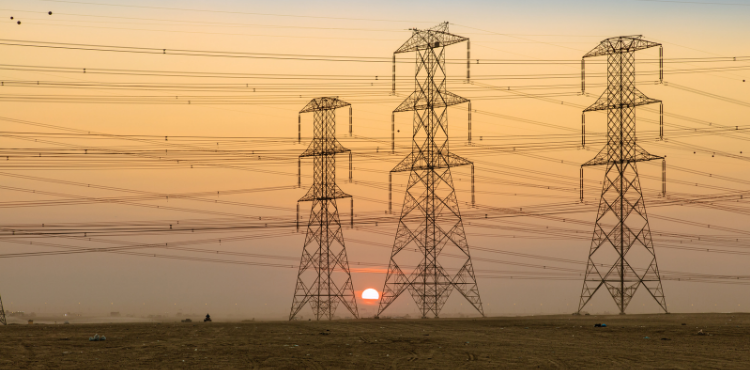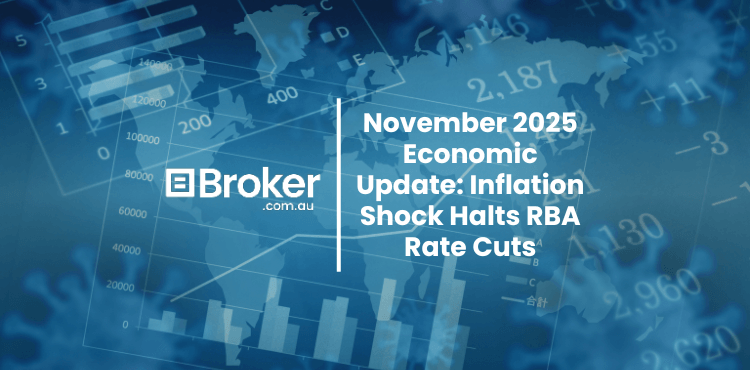As of the most recent data from the Australian Bureau of Statistics and DFAT (Department of Foreign Affairs and Trade), agriculture, fisheries, and forestry exports make up about 11–15% of Australia’s total goods and services exports.
Here’s a quick breakdown:
- 🧑🌾 Value of agricultural exports (2023–24 forecast): Around $65–70 billion
- 🌏 Total Australian exports (2023–24): Roughly $550–600 billion
- 📊 Farming’s share: Approximately 11–12%, depending on commodity prices and seasons
Key Ag Export Products:
- Beef & veal
- Wheat
- Wool
- Barley
- Canola
- Sugar
- Wine
- Horticultural produce (like citrus, nuts, and table grapes)
Top Markets:
- China
- Japan
- South Korea
- United States
- Indonesia
- Vietnam
So, while mining still dominates exports (especially iron ore, coal, and LNG), farming remains a core pillar of Australia’s trade economy — and even more important for regional jobs and infrastructure.
In this article, I go through some the big agri & infrastructure developments currently taking place in Australia and how it might impact inflation and therefore interest rates.
Thinking about how these shifts could affect your farm or business financing? Get started with your application here and explore your loan options.
🐄 Proposed Abattoir Developments Near Wagga Wagga
1. Oura Road Abattoir Proposal
- 📍 Where: 2056 Oura Road, just out of Wagga Wagga
- 💰 Estimated Cost: $11.5 million
- 🐑🐖🐄 Livestock: Cattle, sheep, and pigs
- ⚖️ Capacity: 1,903 tonnes of live weight a year
- 📝 Status: As of March 2025, the Wagga Wagga City Council has hit pause on the development application (DA23/0598). Locals raised a few red flags — mainly environmental stuff like how it might affect the air and surrounding land. Council’s taking time to look into it further.
2. Okeview Pastoral Co. – On-Farm Abattoir
- 📍 Where: Out near Oura, east of Wagga
- 🌱 Goal: Process carbon-neutral, grass-fed beef – pretty forward-thinking stuff
- ⚙️ Setup: Three decent-sized buildings and a solar panel setup in the plans
- 📝 Status: Still early days on this one. The community’s already voiced a few worries though, especially being so close to the Murrumbidgee River and what that might mean for the environment.
📦 Exports and the China Market
Now, these proposed abattoirs aren’t waving a big flag about exporting to China — at least not yet. But worth noting, Teys Australia’s already got a beef processing plant in Wagga that ships meat overseas, including to China.
The good news? China’s lifted some of those trade bans on Aussie meat processors recently, which could mean more doors opening for exports down the line.
📈 Could This All Affect Inflation?
Building more abattoirs can shake things up in the economy a bit. Here’s how:
- 🚛 Better Supply Chains: Processing locally means less time and money carting stock around — could help drop meat prices for us Aussies.
- 🌏 More Exports: If these places start shipping more meat overseas, it’s good for our trade numbers.
- 🥩 Price Pressure at Home: But if too much meat heads offshore, we could see prices go up locally, which feeds into inflation.
That said, the Oura Road facility’s only looking at about 1,903 tonnes a year — not massive on a national scale. So, any inflation it causes probably won’t shake the economy much.
🚧 Big Infrastructure Projects That Might Push Prices Up
1. Torrens to Darlington Tunnel (T2D) – SA
- 💰 Cost: $15.4 billion
- 🛣️ What’s Happening: 4.5 km of twin tunnels going in to clean up 21 traffic lights across 78 km of Adelaide’s North-South Corridor
- 🕳️ When: Tunnel boring kicks off second half of 2026
- 📈 Inflation Risk: Big projects like this pull in lots of tradies and materials — could see prices and wages climb in South Australia
2. Bruce Highway Upgrade – QLD
- 💰 Cost: $7.2 billion
- 🚧 Scope: Upgrades to the 1,673 km Bruce Highway – it’s the main spine for moving freight and people
- 💼 Funding: 80% coming from the feds
- 📈 Inflation Risk: Big works like this can chew through concrete, steel, and skilled labour, driving up costs locally
3. Inland Rail – VIC to QLD
- 💰 Cost: Now topping $19 billion
- 🚂 Scope: A 1,700 km freight rail line from Melbourne to Brisbane, meant to take the load off our roads
- 🕰️ Timeline: Running late – some bits might not be done for another decade
- 📈 Inflation Risk: Delays and blowouts can snowball costs, especially with materials and workers already stretched thin
4. Victorian Health Infrastructure
- 💰 Cost: $1.7 billion
- 🏥 Scope: Upgrading and expanding hospitals and health centres
- 📈 Inflation Risk: Another player in the competition for builders and materials – prices could rise
5. NSW Housing & Infrastructure Push
- 💰 Spending: Around $29.6 billion per year between 2024–25 and 2027–28
- 🏗️ Scope: Big-ticket projects like Sydney Metro expansions, the Western Harbour Tunnel, and regional roads
- 📈 Inflation Risk: All that activity means a big tug-of-war for resources, potentially bumping up costs across the board
6. Regional Water Projects – National
- 💧 Investment: $119.6 million over six years
- 🏞️ Scope: Aimed at improving water security for regional and remote communities, including First Nations areas
- 📈 Inflation Risk: While these projects are smaller, they still add to overall demand in construction — and every little bit counts
Rising costs from major infrastructure projects can affect lending and interest rates too. Apply today to see how we can help you secure competitive finance.
📊 Bigger Picture: What It All Means for the Economy
All these projects — roads, rail, hospitals, abattoirs, water — are good news for development and job creation, especially in the bush. But they’re also likely to:
- 🧱 Spike Demand: For tradies, materials, machinery — might push up wages and prices
- 🕐 Clog Supply Chains: More demand equals more delays, higher costs
- 💸 Hit Budgets: If things run over, governments might need to borrow more or pinch pennies elsewhere
What’s needed is some smart planning — invest in training, manage resources well, and keep the build pace realistic so we don’t trip over our own boots. Does it affect inflation, of course. And with the USA trying to disrupt its relationship with the likes of China, it would appear China is happy to look elsewhere for the resources it consumes, such as meat, dairy, wine etc … and they seem to be looking at Australia first, as we are a good trading partner of theirs.
The degree to which how much inflation comes from all of these big projects, and more, remains to be seen. But these things all go into the mix of what bakes inflation.
If you’re planning ahead for your business or investments, now’s the time to prepare. Start your application here and take control of your finance strategy.




